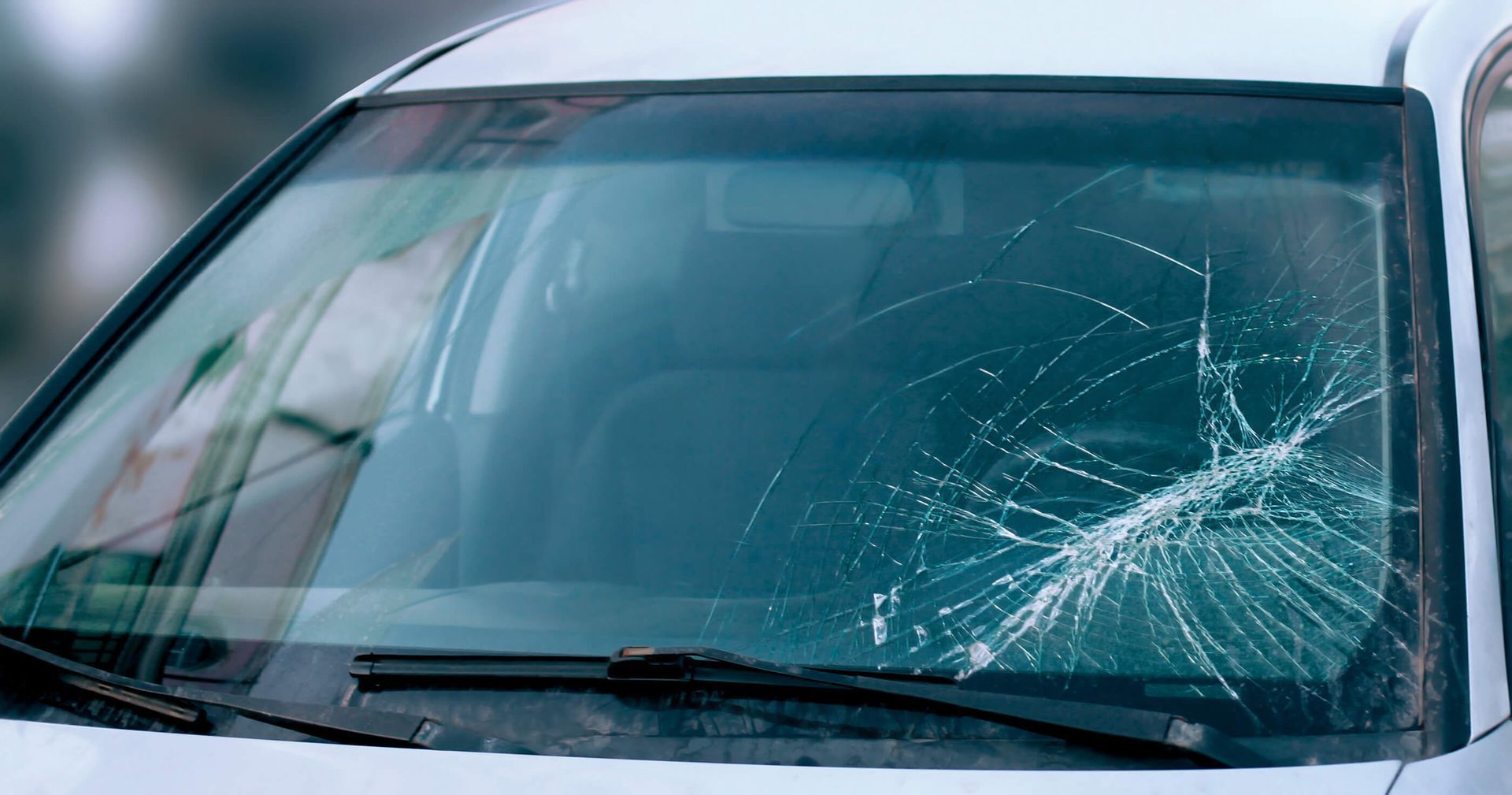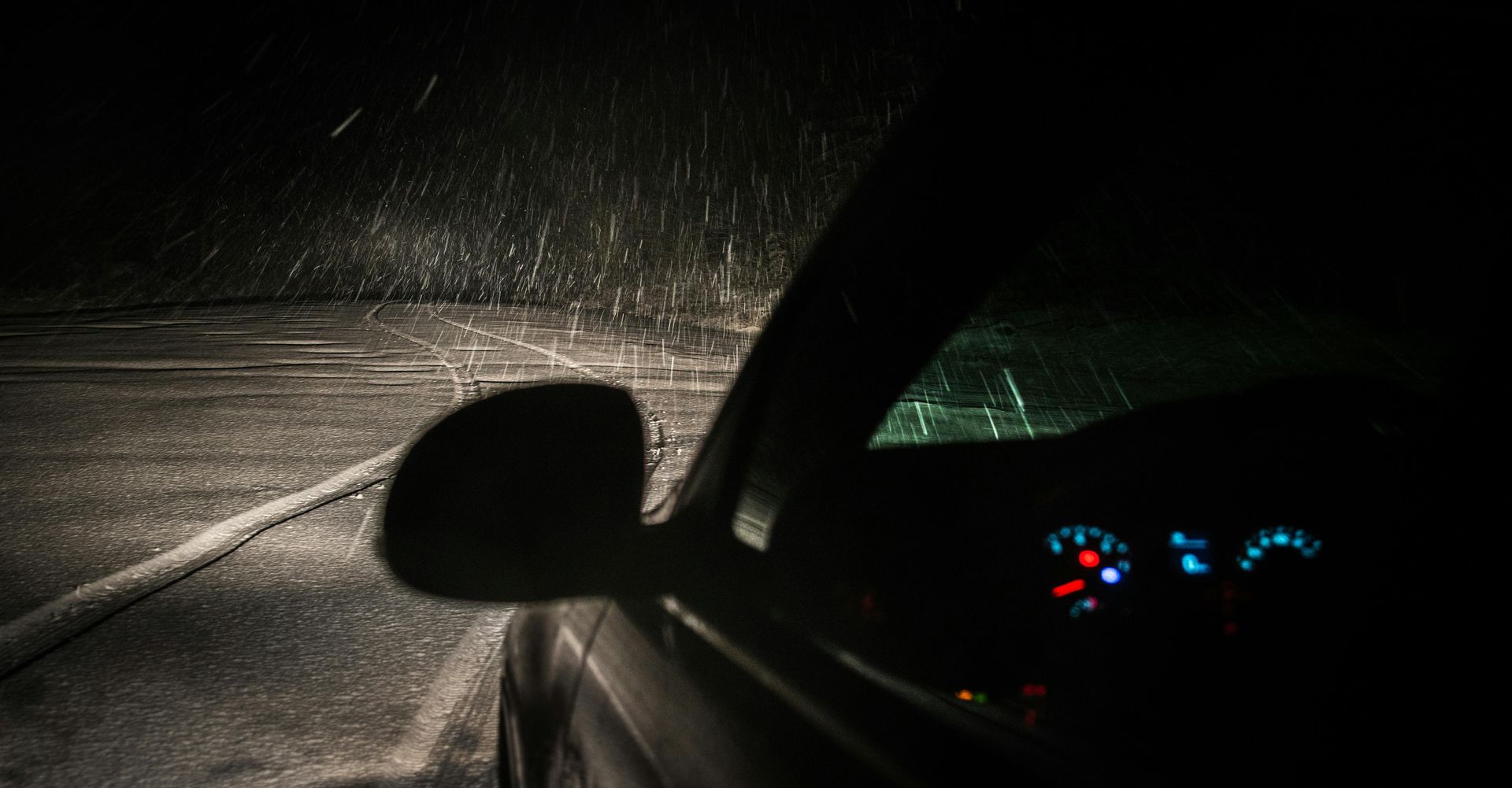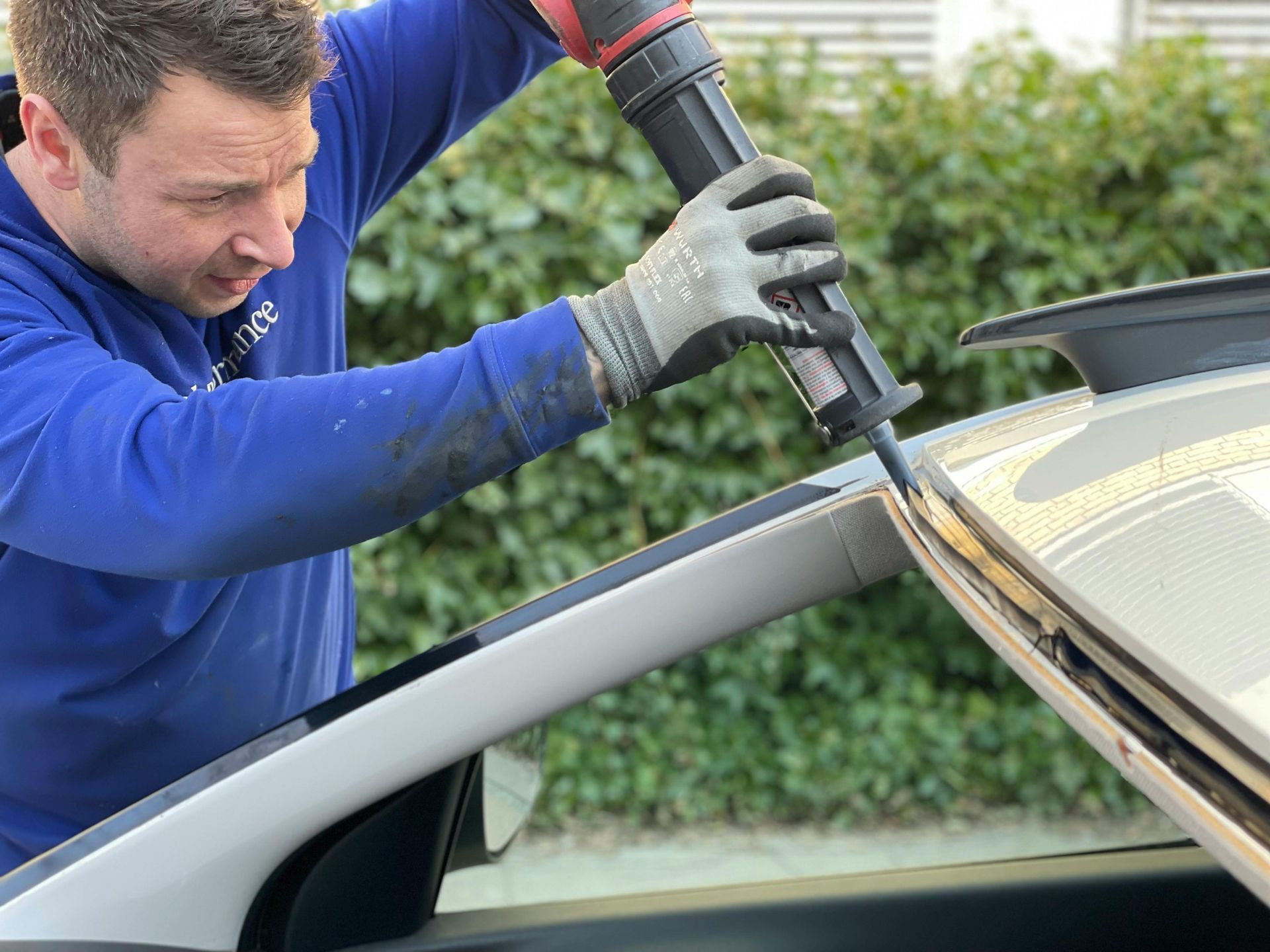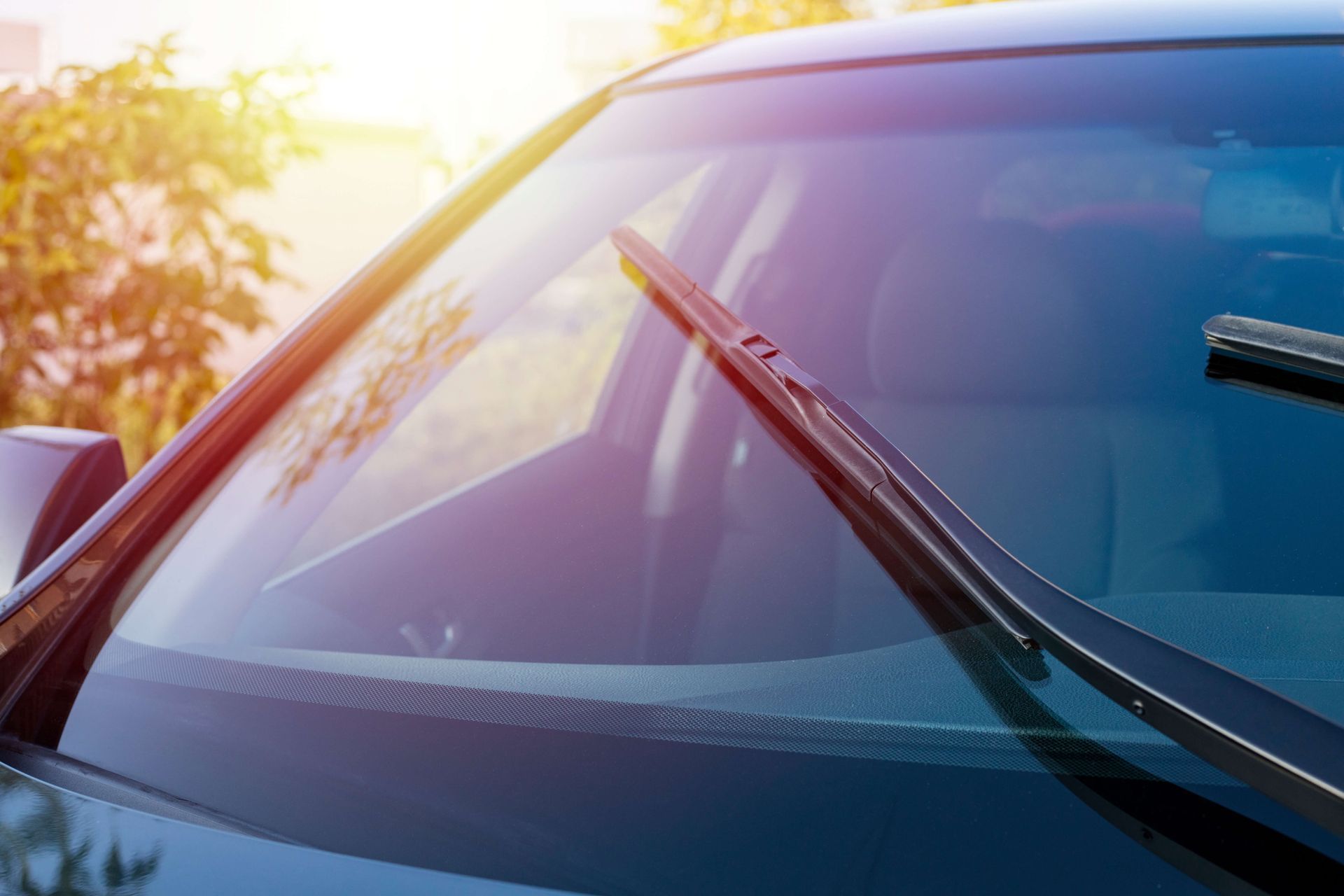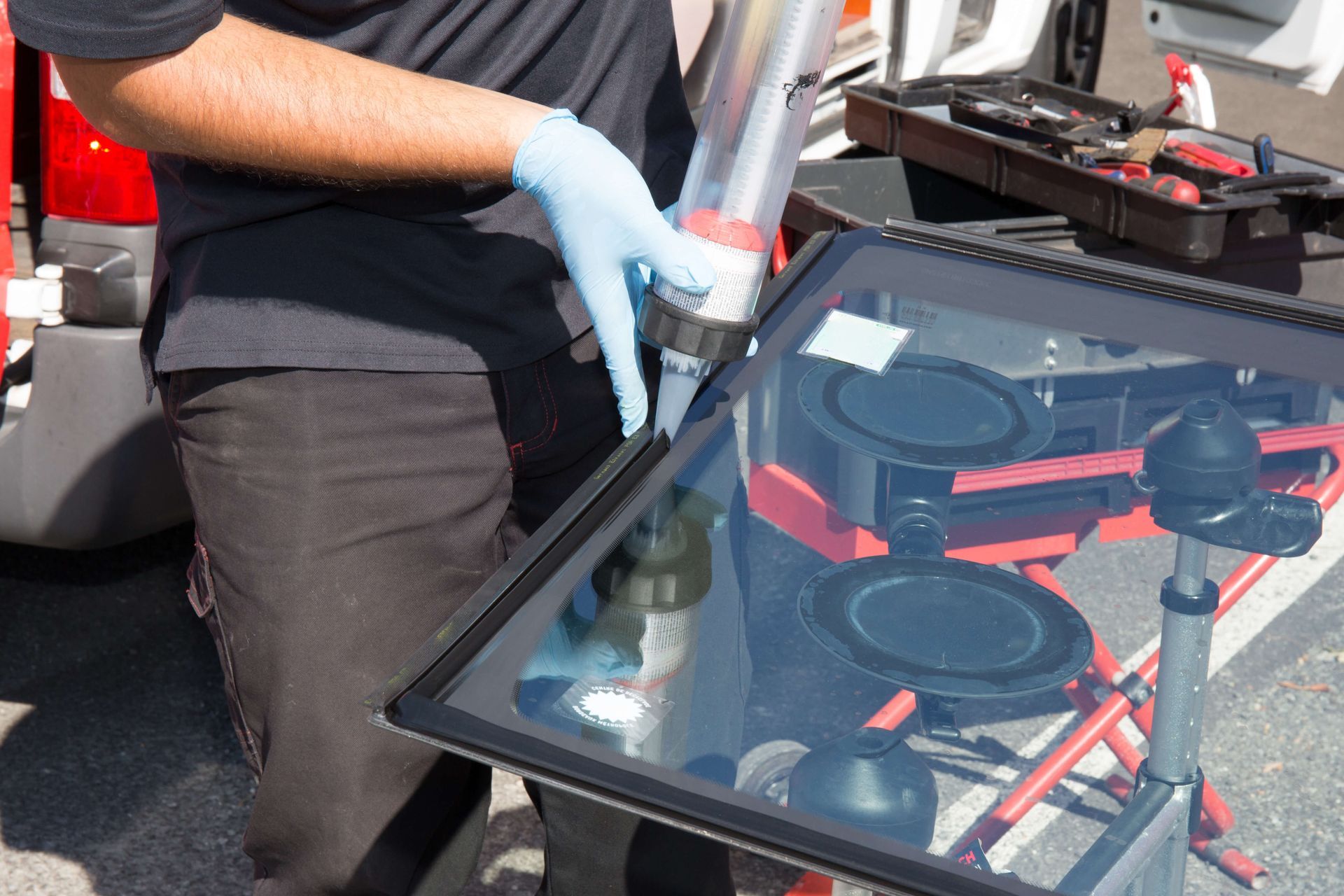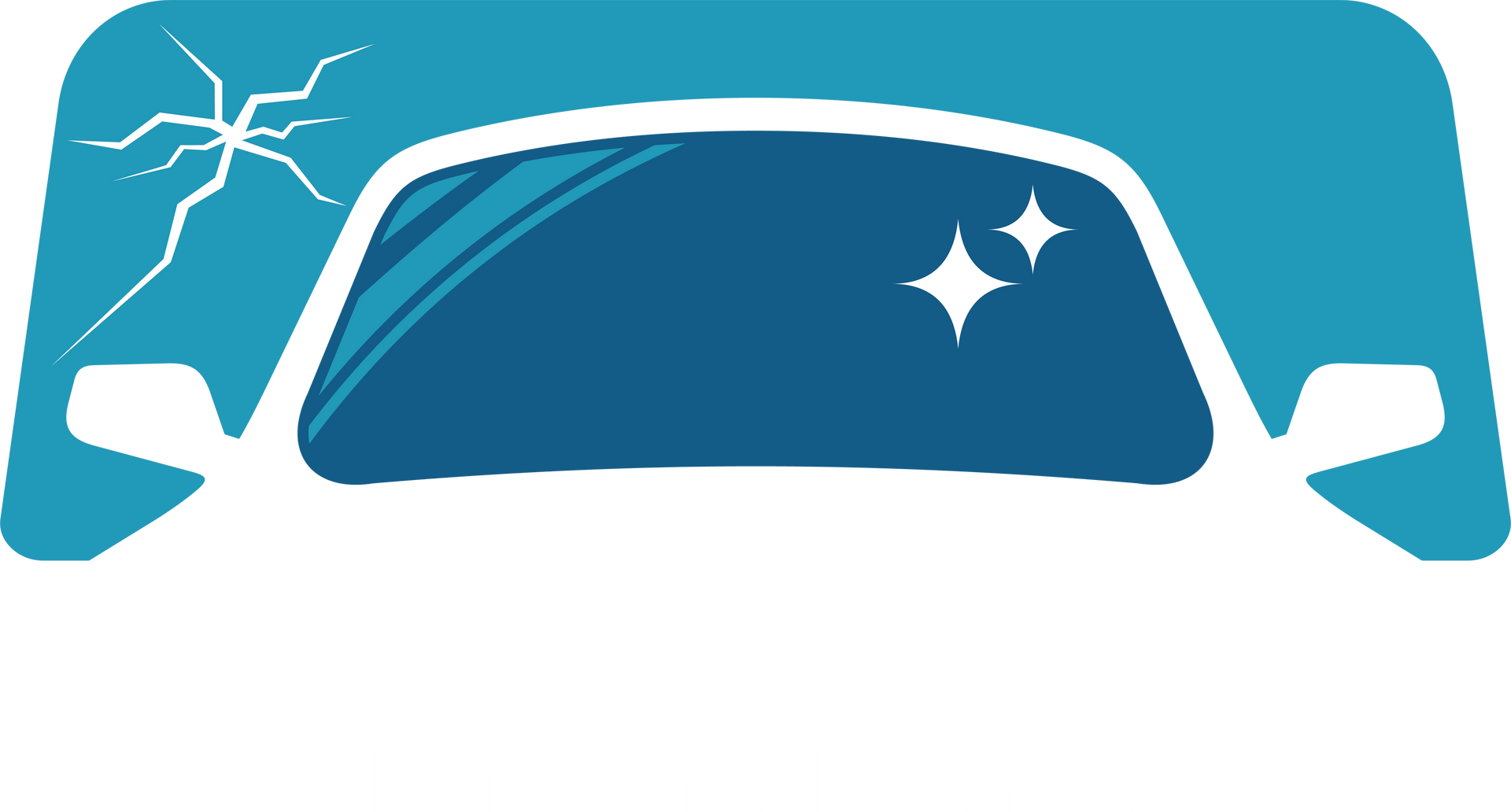How Winter Mornings Can Crack Your Windshield—and How to Prevent It
As winter rolls in, many drivers face the unexpected danger of windshield cracks. The cold temperatures and sudden weather changes can put immense stress on your vehicle’s glass. A seemingly harmless frost can lead to significant damage if not addressed properly. Understanding why these cracks happen and how to prevent them is crucial for maintaining your vehicle’s integrity and ensuring your safety on the road.
Why Does a Windshield Crack During Winter?
Windshields are made of tempered glass, which is designed to withstand impacts. However, winter presents unique challenges. When temperatures drop, the glass contracts, and it can become brittle. If there are pre-existing chips or weaknesses, the cold can exacerbate these issues. Additionally, the process of defrosting your windshield can introduce sudden temperature changes. Pouring hot water over a frozen surface can cause an immediate expansion that the glass can't handle, leading to cracks.
Moreover, winter road conditions often involve potholes and rough surfaces that can jolt your vehicle. This stress, combined with cold weather, makes windshields more susceptible to cracking. The combination of thermal stress from the cold and mechanical stress from driving can create the perfect storm for your windshield to shatter.
Furthermore, the use of
windshield wipers on icy surfaces can also contribute to cracks. Wipers may scratch or chip the glass, making it easier for cold weather to create a larger crack. Understanding these factors can help drivers take proactive measures to protect their windshields during the winter months.
What To Do If Your Windshield Cracked Before Winter
If you discover a crack in your windshield before winter fully sets in, it’s essential to address it as soon as possible. First, assess the damage. Small chips can often be repaired quickly, while larger cracks may require a complete windshield replacement. Ignoring a crack can lead to more significant problems as winter progresses, including the risk of the crack spreading due to cold temperatures.
If the crack is minor, consider using a repair kit available at automotive stores. These kits can help seal the crack temporarily. However, for larger cracks or if you have any doubt about the integrity of your windshield, it's best to consult a professional. They can provide a thorough assessment and recommend the best course of action.
In addition to repairs, consider applying a protective film to the windshield. This film can provide an extra layer of defense against winter stressors. Always keep your vehicle clean, especially the windshield, to ensure that any repairs done are effective. Lastly, if you live in an area prone to harsh winters, check your insurance policy. Many plans cover windshield replacements, which can save you time and money. Taking these steps can help ensure that your windshield remains intact through the winter season.
Tips for Preventing Windshield Cracks in the Cold
Preventing windshield cracks during winter requires proactive measures and careful attention to your vehicle’s care. Cold temperatures and sudden weather changes can stress your windshield, leading to costly repairs or replacements. Here are several comprehensive strategies to keep your windshield safe from winter’s harsh conditions.
1. Park in a Garage or Sheltered Area
Whenever possible, park your vehicle in a garage or covered space. Sheltering your car from extreme cold and icy conditions can significantly reduce the risk of windshield damage. Garages maintain a more stable temperature, preventing the glass from experiencing the rapid temperature fluctuations that can lead to cracks. If a garage isn’t available, consider parking under a carport or using a tree as a temporary shield.
2. Use a Windshield Cover
Investing in a quality windshield cover is an effective way to protect your glass from frost and snow. These covers act as a barrier, preventing ice from forming directly on the surface. When using a cover, ensure it fits snugly to avoid it blowing away in the wind. Some covers are designed specifically for winter, with thermal insulation to keep the glass warm. This can save you time in the morning and help maintain the integrity of your windshield.
3. Avoid Hot Water
One common mistake drivers make is pouring hot water on a frozen windshield in an attempt to clear it quickly. While this might seem like a fast solution, it can cause the glass to expand rapidly, leading to cracks. Instead, use a proper ice scraper or a de-icing solution specifically designed for windshields. If you must, warm your car up gradually to allow the defroster to melt the ice from the inside out. This method is gentler on the glass and helps prevent thermal stress.
4. Maintain Your Wipers
Windshield wipers are crucial for visibility, especially during winter storms. Keeping your wipers in good condition is essential to avoid scratching the glass or creating small chips. Inspect your wipers regularly for wear and replace them if they show signs of damage. During the winter months, consider using winter-specific wiper blades designed to handle snow and ice better. When using your wipers, ensure they are not frozen to the glass before turning them on, as this can damage both the wipers and the windshield.
5. Regular Inspections
Before winter sets in, conduct a thorough inspection of your windshield for any existing chips or cracks. Small imperfections can worsen under cold conditions, leading to larger problems later on. If you notice any damage, address it immediately—many small chips can be repaired at a fraction of the cost of a full windshield replacement. Regularly checking your glass throughout the season can help you catch new issues early, allowing for prompt repairs.
6. Use Proper Defrosting Techniques
When
defrosting your windshield, avoid cranking up the heat to high immediately. Instead, start with a lower setting and gradually increase it. This approach helps to warm the glass evenly, reducing the risk of thermal shock. Also, make sure your car’s defroster is aimed at the windshield to effectively clear any ice or fog without stressing the glass.
7. Drive Carefully on Icy Roads
Driving with caution during winter weather not only protects you but also your vehicle's glass. Avoid sudden stops or sharp turns, which can create vibrations that stress the windshield. Be mindful of potholes and rough patches, as hitting these can jolt your car and potentially lead to cracks.
Conclusion
Winter can be a tough season for vehicle owners, especially regarding windshield integrity. Taking the time to care for your vehicle will pay off in the long run, ensuring safer driving and saving you from unforeseen repair costs. Understanding how cold temperatures and sudden weather changes can lead to cracks is vital for prevention.
By taking proactive steps, such as parking in sheltered areas and addressing any damage promptly, you can help ensure that your windshield remains safe throughout the winter months. Don’t let a small chip turn into a larger problem; prioritize your vehicle’s glass for safer driving. A little prevention goes a long way in maintaining your windshield's integrity throughout the cold season.
About The Hills AutoGlass
At
The Hills AutoGlass, we specialize in providing quality windshield repair and replacement services. With years of experience, our dedicated team is committed to ensuring your vehicle remains safe and secure. We understand the challenges of winter driving and are here to help you navigate them with confidence. Trust us for all your auto glass needs.
This is paragraph text. Click it or hit the Manage Text button to change the font, color, size, format, and more. To set up site-wide paragraph and title styles, go to Site Theme.
Ready to work with The Hills AutoGlass?
Let's connect! We’re here to help.
Send us a message and we’ll be in touch.
Or give us a call today at 0290-721-117
Agency Contact Form
More Marketing Tips, Tricks & Tools
Blogs | The Hills AutoGlass
